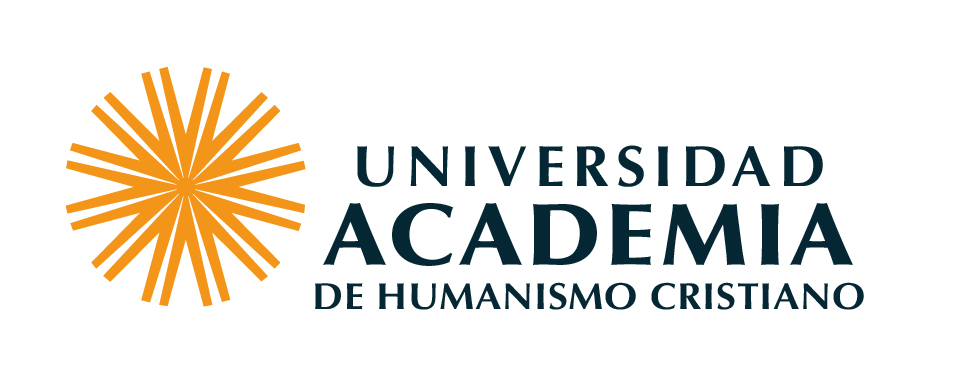The emergence of neanderthal technical behavior : New evidence from orgnac 3 (level 1, MIS 8), southeastern France / Marie-Hélène Moncel, Anne-Marie Moigne, Youssef Sam and Jean Combier.
Material type: ArticlePublication details: University of Chicago Chicago 2011Description: pp. 37-75Other title:
ArticlePublication details: University of Chicago Chicago 2011Description: pp. 37-75Other title: - New evidence from orgnac 3 (level 1, MIS 8), southeastern France
| Item type | Current library | Collection | Call number | Copy number | Status | Date due | Barcode | |
|---|---|---|---|---|---|---|---|---|
| Analítica de revista | Biblioteca Central Colección General | General | CURRENT ANTHROPOLOGY-01/11 (Browse shelf(Opens below)) | 1 | Available | FICTICIO2094 |
En: Current Anthropology. Vol. 52, No. 1, 2011. pp. 37-75.
The archaeological sequence from the Orgnac 3 site presents the opportunity to observe behavioral aspects characterizing the beginnings of the main Neanderthal technological strategies employed in Europe until marine isotopic stage (MIS) 3. In this site, the Levallois debitage method appears in the middle of the sequence (MIS 9) and develops at about 300,000 BP at the top of the sequence (MIS 8). The Levallois method is best represented in level 1, making the site one of the oldest examples of Levallois technology. Orgnac 3 indicates the emergence of new technological behavior in southern France and Europe around the limit between isotopic stages 9 and 8. In order to provide new evidence on pre-Neanderthal behavior, new data from level 1 were obtained by comparing stone processing systems with faunal remains. Lithic and bone assemblages display evidence of one to several occupations by horse and bovid hunters during predominantly cool climatic conditions. Animal carcass processing is principally associated with standardized knapping, which produced most of the tool supports. Small and large flakes bear little retouch. Behavioral modifications appeared later than changes in human anatomical traits and did not follow a particular rhythm. New behavioral aspects emerged in Europe as early as MIS 12, as indicated by subsistence strategies, and specialized and selective hunting and butchering strategies. During MIS 10, new technological behavior (pre-Levallois knapping) appeared. However, at Orgnac 3, the archaeological record reveals several stages. From MIS 9Ð8 and until MIS 7, strategies adopted by Neanderthals became systematic, independent of climatic conditions. The results of this study contribute to a better understanding of early Neanderthal behavior, i.e., of human history.
The archaeological sequence from the Orgnac 3 site presents the opportunity to observe behavioral aspects characterizing the beginnings of the main Neanderthal technological strategies employed in Europe until marine isotopic stage (MIS) 3. In this site, the Levallois debitage method appears in the middle of the sequence (MIS 9) and develops at about 300,000 BP at the top of the sequence (MIS 8). The Levallois method is best represented in level 1, making the site one of the oldest examples of Levallois technology. Orgnac 3 indicates the emergence of new technological behavior in southern France and Europe around the limit between isotopic stages 9 and 8. In order to provide new evidence on pre-Neanderthal behavior, new data from level 1 were obtained by comparing stone processing systems with faunal remains. Lithic and bone assemblages display evidence of one to several occupations by horse and bovid hunters during predominantly cool climatic conditions. Animal carcass processing is principally associated with standardized knapping, which produced most of the tool supports. Small and large flakes bear little retouch. Behavioral modifications appeared later than changes in human anatomical traits and did not follow a particular rhythm. New behavioral aspects emerged in Europe as early as MIS 12, as indicated by subsistence strategies, and specialized and selective hunting and butchering strategies. During MIS 10, new technological behavior (pre-Levallois knapping) appeared. However, at Orgnac 3, the archaeological record reveals several stages. From MIS 9ñ8 and until MIS 7, strategies adopted by Neanderthals became systematic, independent of climatic conditions. The results of this study contribute to a better understanding of early Neanderthal behavior, i.e., of human history.
There are no comments on this title.
